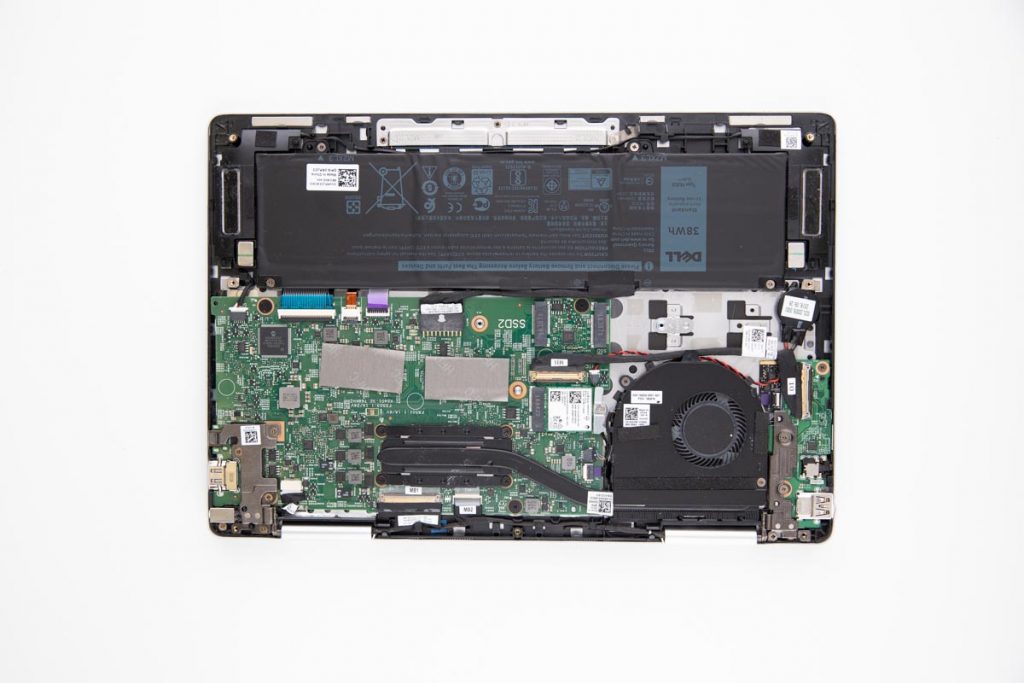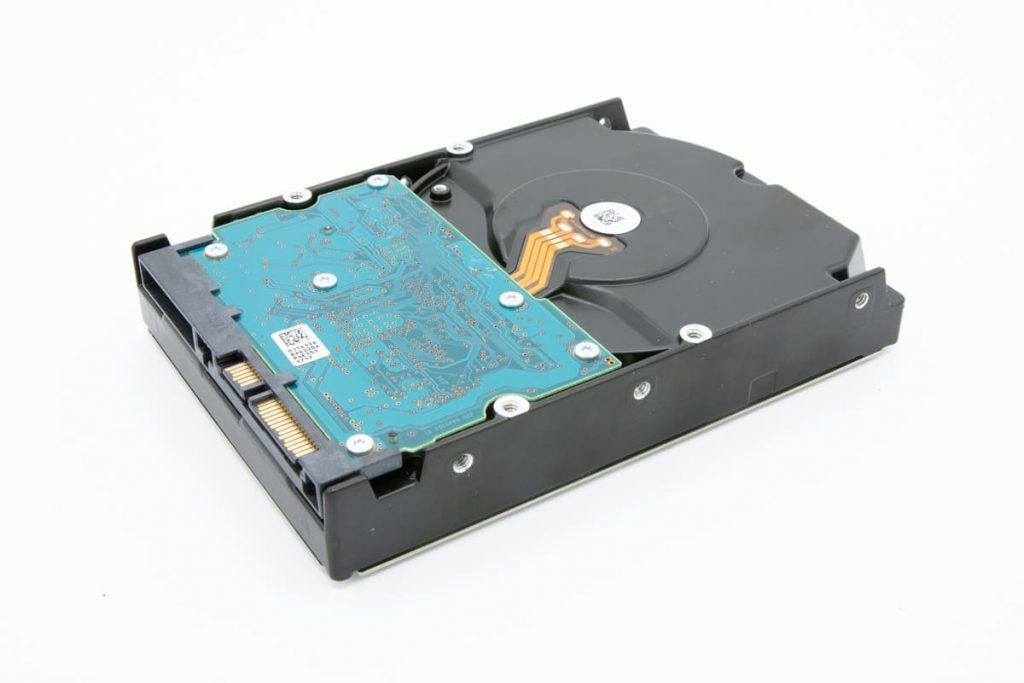Apart from other issues that a user may face when using a laptop or PC is the “Boot Device Not Found. Please install an operating system on your hard disk” message popping up. Usually, users face it when turning on their devices and seeing the message on a black screen.
Boot device not found errors are a more-less common data loss scenario. There are a few different causes for why and how it occurs. Even if you can not resolve this situation on your own, you can restore access to your data with the assistance of a data recovery company like PITS Global Data Recovery Services.
Here we will discuss what to do when a No Bootable Device error message appears on an HP, Acer, Lenovo, Dell, or other laptops. The error can also occur on a desktop computer (PC).
If you’ve faced such a message when turning on your laptop, then you understand how frustrating data inaccessibility can be. But no matter what caused the error, the only thing users realize is that they now have an impenetrable wall between them and all their essential data. Luckily, there is a solution for such a data loss scenario.
By following several straightforward steps, you will be able to determine whether the cause of the boot device issue is easy to resolve or more serious.

Fix No Boot Device Found Error
Firstly, you should ensure your SATA/IDE cables are properly connected to your computer and that no other external drives are linked to your USB ports. It is important because sometimes the cables may be simply loose.
Plus, usually, most computers have multiple disc drives, and if the BIOS isn’t set to load the correct drive first, a boot device not found error will occur.
If that does not work, double-check your PC or laptop system settings, and make sure they are correct. Software updates or settings changes can sometimes interfere with your computer’s ability to recognize a hard drive. It can happen for a variety of reasons, including Master Boot Record damage or an improper BIOS boot sequence.
If system settings are not an issue either, you can troubleshoot the problem with the following steps:
Step 1
Perform a hard reset. This will restore factory settings on Windows laptops and PCs, with the option of keeping all user data. During hard reset, make sure you select the correct option to avoid permanent data loss.
Step 2
Check if the boot device can be detected.
Step 3
If the boot device is still not detected, check the BIOS booting setup and try a manual boot from the chosen boot device.
Step 4
Use your drive manufacturer's diagnostic tool to confirm the device is recognized and test it.
Step 5
If these troubleshooting efforts fail, contact a professional data recovery company.
Please do not use the Startup Repair function before you read and clearly understand all the options presented to you in Windows.

Make sure you take your time and read instructions carefully when using any system tools. Otherwise, you risk losing all your data, and no data recovery company will be able to recover it.
If, after the Startup Repair, you still see the No Boot Device Found error, you may want to do a Factory Reset. Please keep in mind that this function will return the drive to its original factory condition, and all your previously stored will be permanently deleted.
What Does No Boot Device Found Mean?
Probably till today, you were completely unaware of the boot device’s critical role in your computer’s daily activities. Normally, when you turn on your computer, the BIOS recognizes the boot device and launches the operating system.
However, when the boot device is not found, the computer is unable to find the hard drive with instructions to load your operating system. In such a case, your computer will get unresponsive, and you’ll most likely be getting a black screen with a Boot Device Not Found error.
What to Do When the Boot Device is not Found
A number of issues can cause your computer to display the No Boot Device Found message. The firmware on your hard drive may be corrupted, or your internal hard drive may have a mechanical failure. You could also have a faulty or disconnected SATA/IDE cable or a configuration issue.
If all other listed possibilities fail, you probably experience physical or logical damage to your HDD. This is much more complex than the situations listed above. It can be anything from bad sectors to broken read/write heads.
If that is the problem, you will need an assistance of a professional data recovery company. Although you cannot access your data, it is still stored on that non-bootable hard drive. However, you first need to have the issue resolved to access your data.
Regardless of the failure scenario, PITS Global Data Recovery Services can help. Our certified engineering team in laptop and PC data recovery maintains a 99% success rate. They can resolve severe physical and logical problems and retrieve your priceless files. By operating in our ISO Certified Class 10 Cleanroom, we provide maximum protection against airborne particles during interfering data recovery processes.
Technicians of PITS Global repair data from data storage devices regardless of their operating system, file system, or data loss scenario. We perform secure data recovery for external and internal hard drives, SSDs, RAID, and other devices.
Call us or fill in the request help form to start your data recovery case. Our team will be glad to help you restore your valuable data from your device.
Frequently Asked Questions
What does the "Boot Device Not Found" message mean?
The “Boot Device Not Found” message indicates that your computer cannot locate the device or drive from which it needs to boot the operating system. This could be due to various reasons, such as a disconnected drive, a corrupted bootloader, or a failing storage device.
How can I prevent "Boot Device Not Found" errors in the future?
- Regularly back up your important data to an external drive or cloud storage.
- Keep your operating system and drivers up to date.
- Avoid sudden power outages or system crashes, as they can lead to boot problems.
- Be cautious when making changes in the BIOS/UEFI settings, especially the boot order.
- Replace aging or failing storage devices promptly to minimize the risk of data loss.
Can I recover my data if my drive is failing?
If your drive is failing and you suspect data loss, it’s essential to stop using the drive immediately to prevent further damage. Contact PITS Global Data Recovery Services for professional data recovery assistance. Attempting DIY recovery on a failing drive can worsen the situation.
What should I do when I see this message?
Check Drive Connections: Ensure that all internal and external drives are securely connected. Loose cables or connections can lead to this error.
Restart Your Computer: Sometimes, a simple restart can resolve the issue. If it was a temporary glitch, your system may boot normally after a restart.
Access BIOS/UEFI: Restart your computer and access the BIOS (or UEFI) settings. Verify that the correct boot device is selected in the boot order settings. Make sure your primary boot drive is recognized.
Repair the Bootloader: If you’re comfortable with advanced troubleshooting, you can attempt to repair the bootloader using built-in tools like Windows’ Startup Repair (for Windows systems) or utilities like GRUB Rescue (for Linux).
Test the Drive: If the issue persists, the problem may be with the storage drive itself. Test the drive for errors or failure using diagnostic tools provided by the drive’s manufacturer.
